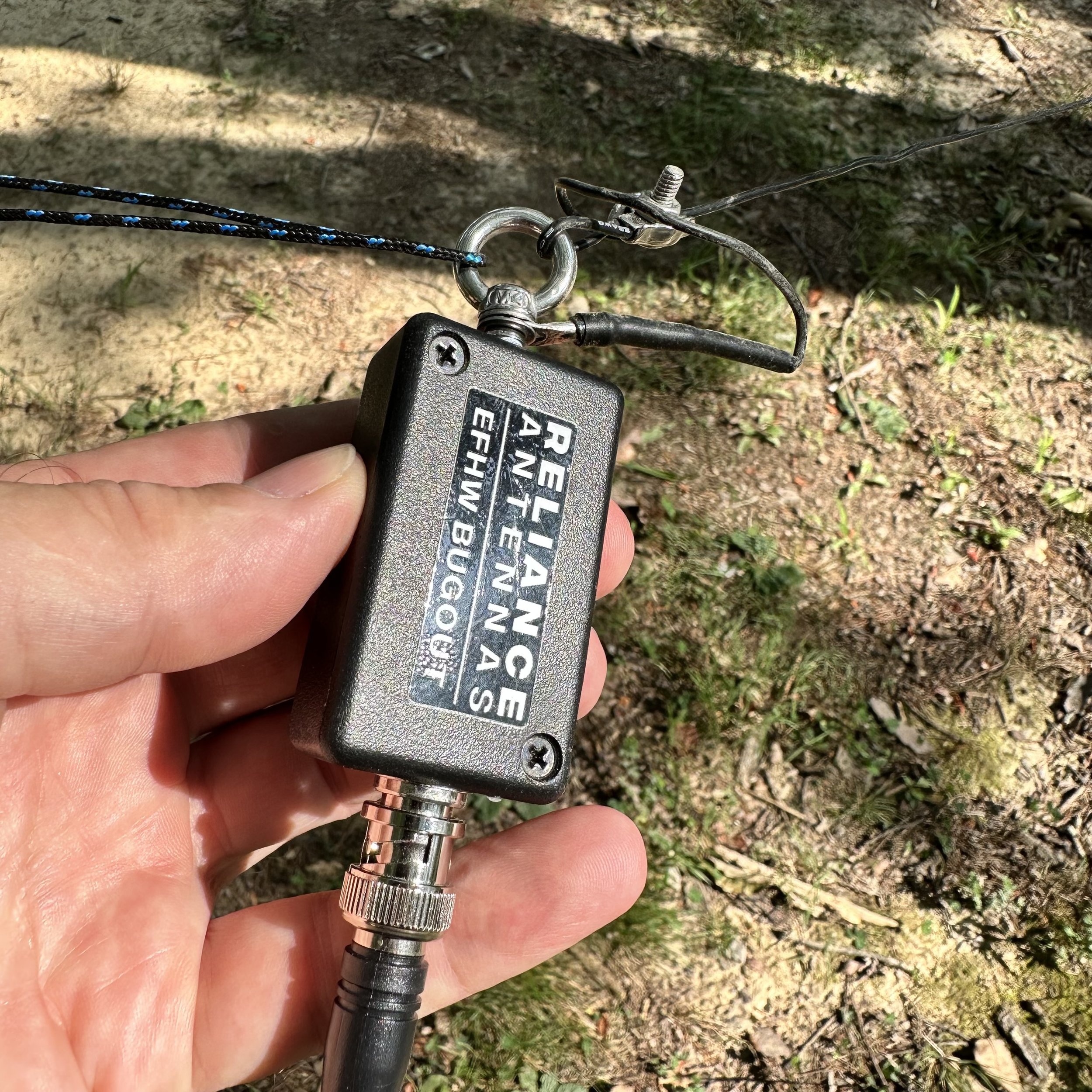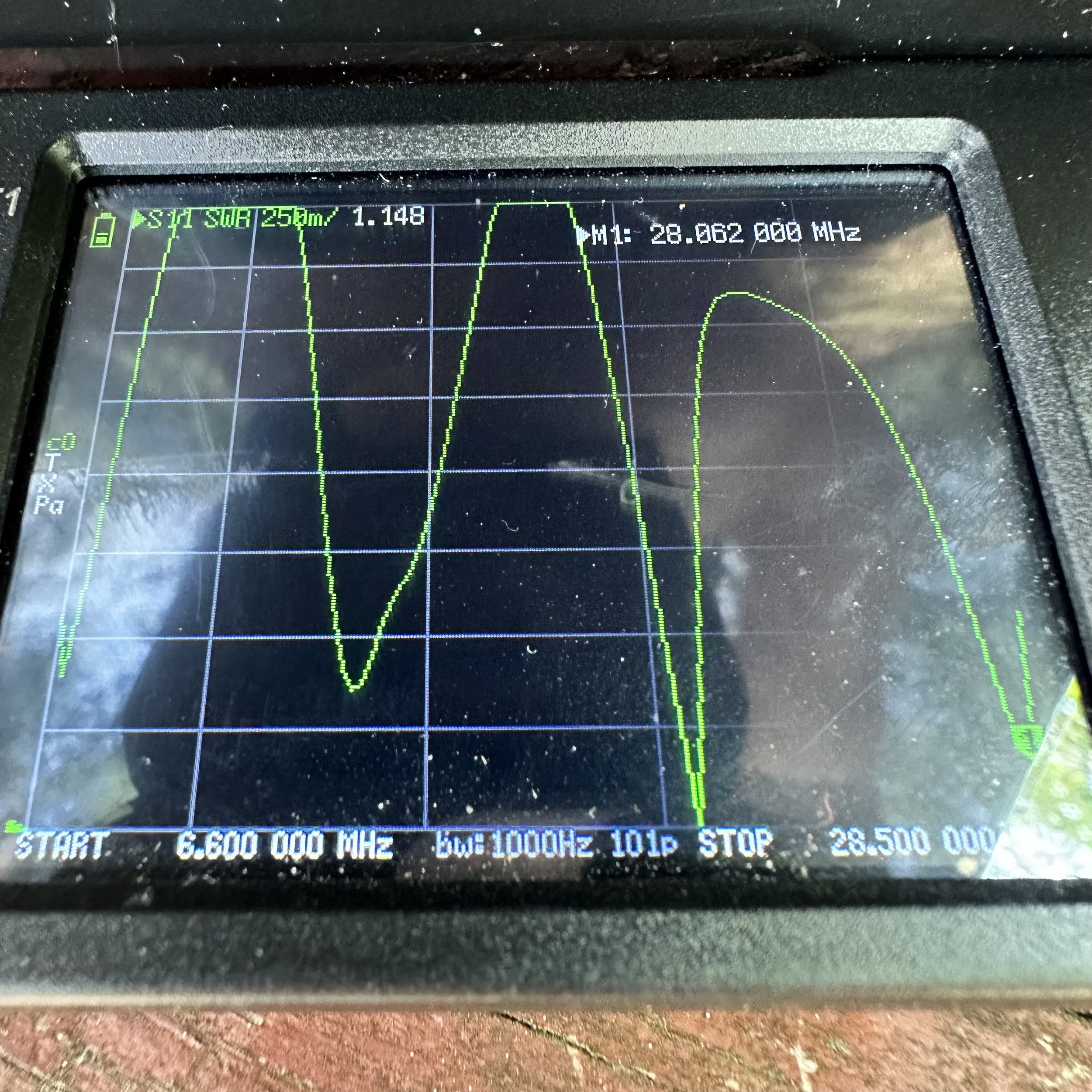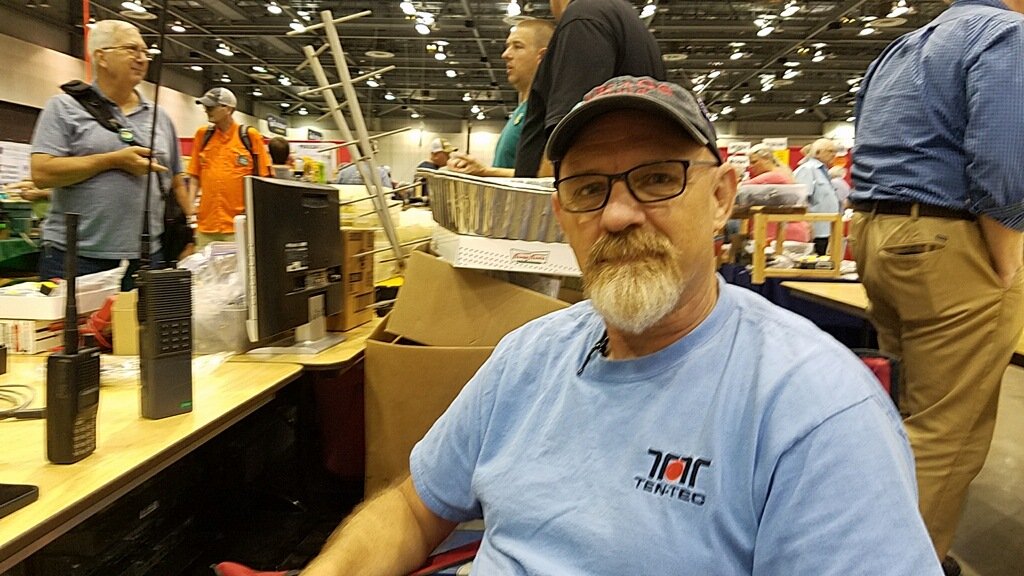This was a spontaneous activation of sorts… we went from Melbourne FL to basically Tampa today and on the way I had about an hour to get in a quick POTA activation. So I get on the app and start looking for parks along the way.
So I decided to go to K-6307 Herky Huffman WMA and I chose this one on purpose as it is literally across the street from another POTA park K-6330 Triple N Ranch WMA and on the map there is a road into Triple N Ranch less than 1/4 mile from the parking area at K-6307 so it isnt a 2fer but they are close enough that I could feasibly activate both in a short time. Just pick up the gear enough to drive down the road to the other entrance and park there to do the other park. Seemed simple enough, well it wasnt as it turns out.
The calendar was in that box you see in the above photo. It was nice to know if there was a hunt going on or not. You know to avoid bullets and such. Lol.
So off we go and immediately leave the hustle and bustle of Melbourne and it turns into farmland surrounded by wilderness all at once...or so it seems. A stark contrast to the coast for sure just a few miles away. It was kinda neat seeing the stark contrast like that actually. It just showed us how close nature really is sometimes if you want to go see it.
This is where I chose to setup today at K-6307. It is a parking area for the Herky Huffman/Bull Creek WMA and the truck is so far back next to the fence because that was in the shade. It was in the mid 80s and in the sun that gets hot pretty quick. When I did an about face from the same spot, you see the next image(below). I am standing on the shoulder of the road. This is a different POTA park…so close yet so far away.
As you can see on the above image, the road literally divides the two parks and is in neither of them so there is no way to get a 2fer here. BUT if I can gain access to both then I should be able to get a little 2 park rove instead, at least that is the idea.
Well, I drove down the road a little to the gate for Triple N Ranch and it was locked. Figures, you win some, you lose some. With that I decided to simply operate at the other park as long as possible instead. This netted almost 40 QSOs into the log which is awesome! The hamstick really is a great portable antenna for ops such as this where time is kinda short and deployment would be tough for a wire antenna as the underbrush here is really sharp…
Once I had a spot picked I had to move the truck back and fourth a little to get the antenna in a spot where it didnt touch any tree branches so I could radiate as good as possible. Especially since it is near the tip of the antenna and that is where the voltage is the highest. Also in the essence of saving time, I once again only put out one radial as this speeds up deployment a good bit and seems to net almost as good results.
Also of note is that we were in transit between two towns here as well so Teresa decided to simply take a nap in the truck while I operated from the bed cover. That is a luxury of CW that voice modes do not enjoy, quiet operation in low noise areas.
Below you can just see the radial running away from the truck and wait till you see the QSO map of how well it works!
Here is the operating position for this activation, the bed cover. If you will notice, you don’t see the battery. This is because I am powering the rig from a power cord I made up and put in the cab for winter ops. It is wired straight to the batteries with a fuse and powerpoles. It is just long enough to reach the bed cover if I set the radio in this location. Pretty smooth if you ask me. Lol. I like to spread the stuff out if I have room so I don’t bump a knob or something. The only knob I typically use once I setup on a frequency is the multifunction knob for RIT control occasionally. I adjust CW speed these days on the picokeyer so that is lifted from the radio too. Super simple operating procedure to be honest.
This is what it looks like to have decent band conditions, a 15 watt transmitter, and a 20 meter hamstick with a tuned counterpoise radial attached to it. This is a good day in my book. This happened in just under an hour too so not too shabby if you ask me. I had a good time so that is all that matters to me. LOL.
Once my time had ran out, I called QRT and we headed on down the road to our next location for the night. All in all it was a great day for POTA even thought I couldn’t net two parks in one day. It just means I need to return to the other park now to activate it…that is a great excuse to go to Florida! Until next time, I will look for you on the bands!
72
de WK4DS - David



















































































































































































































